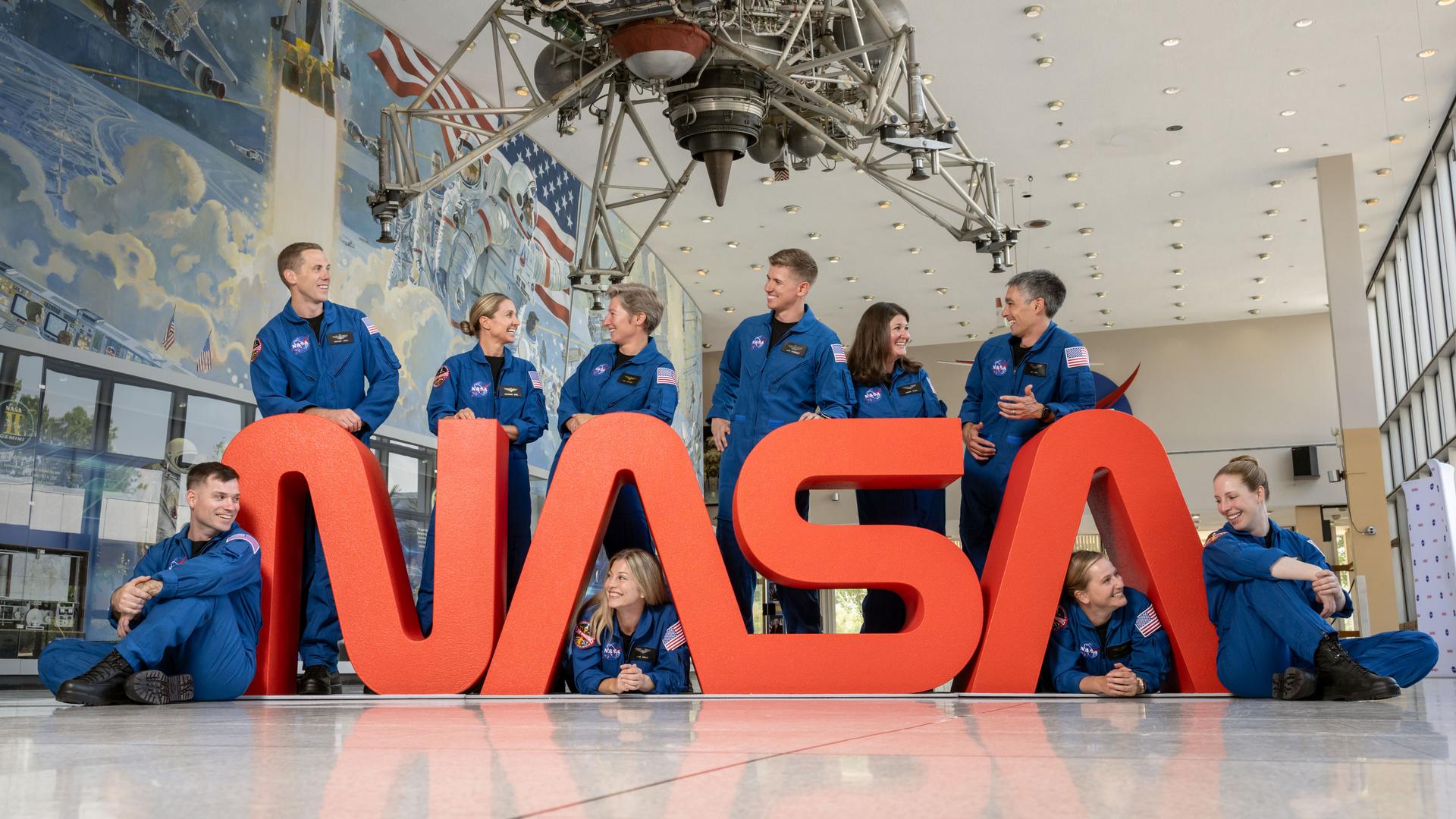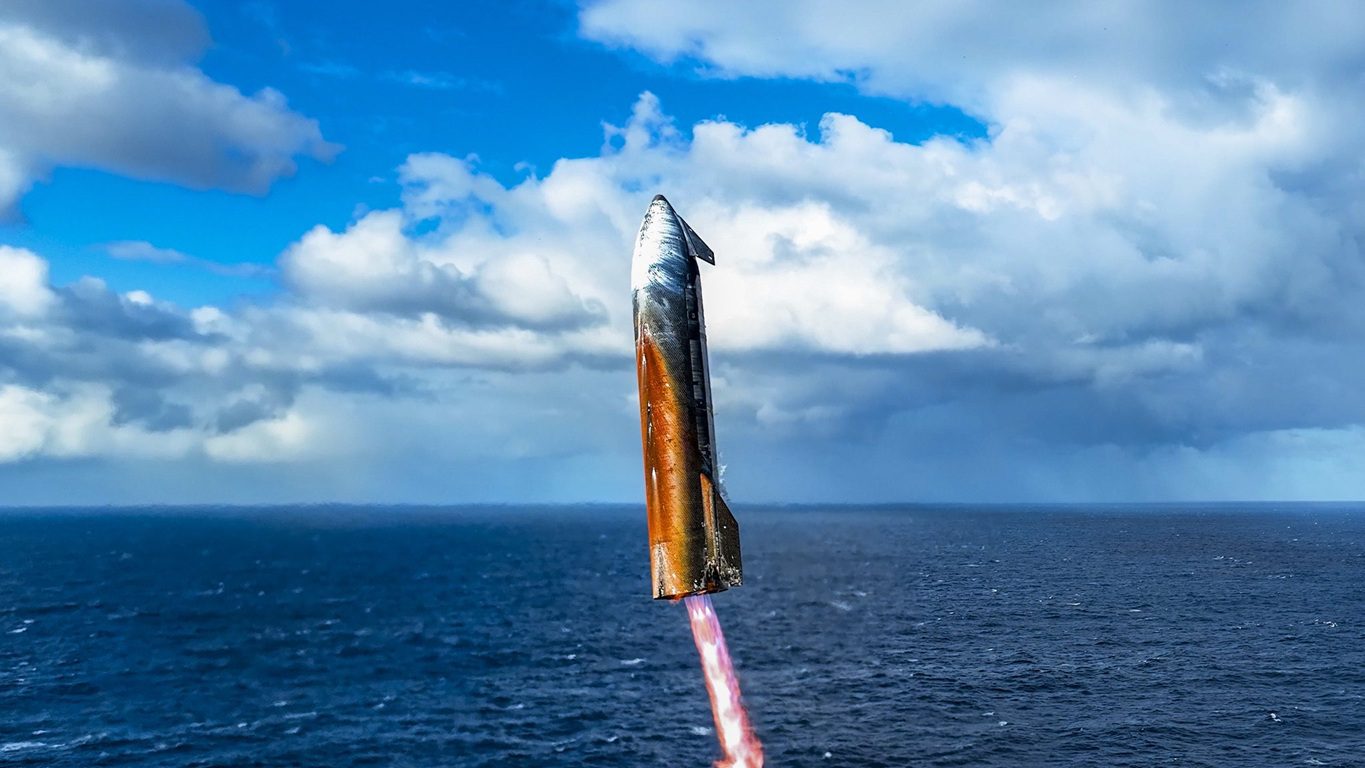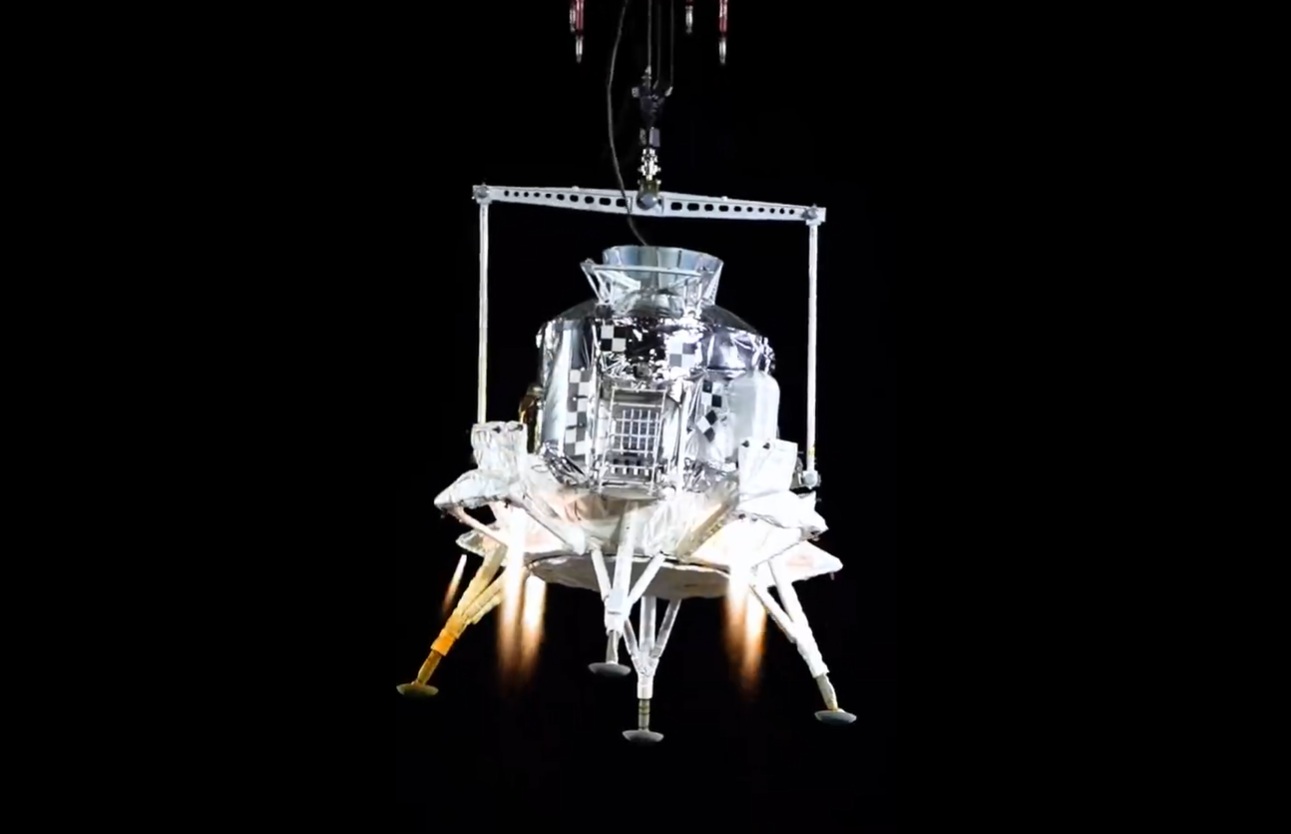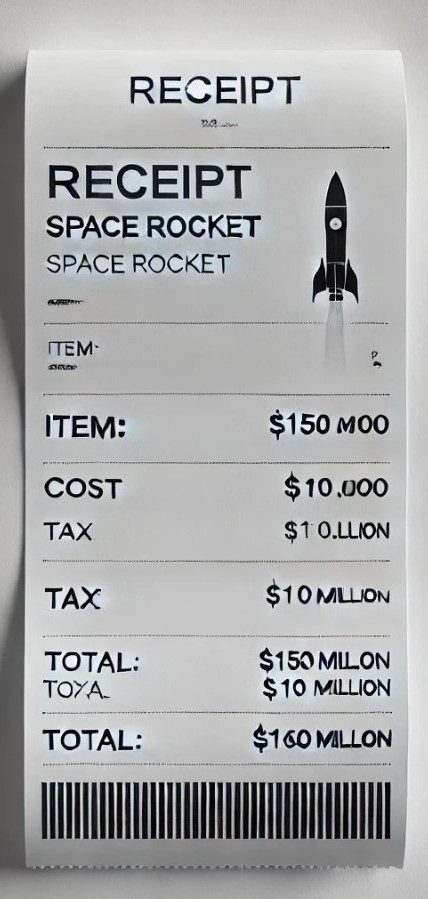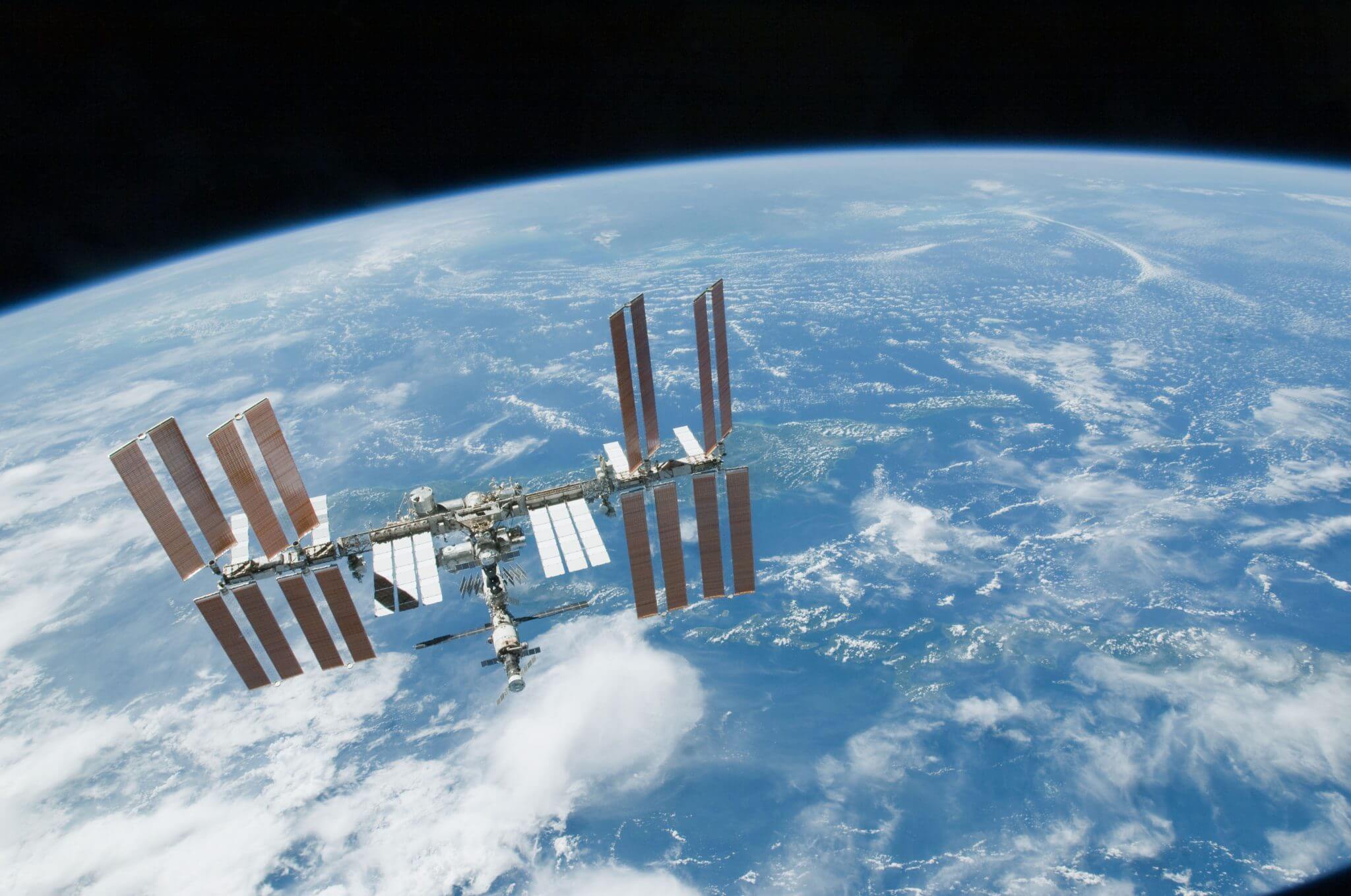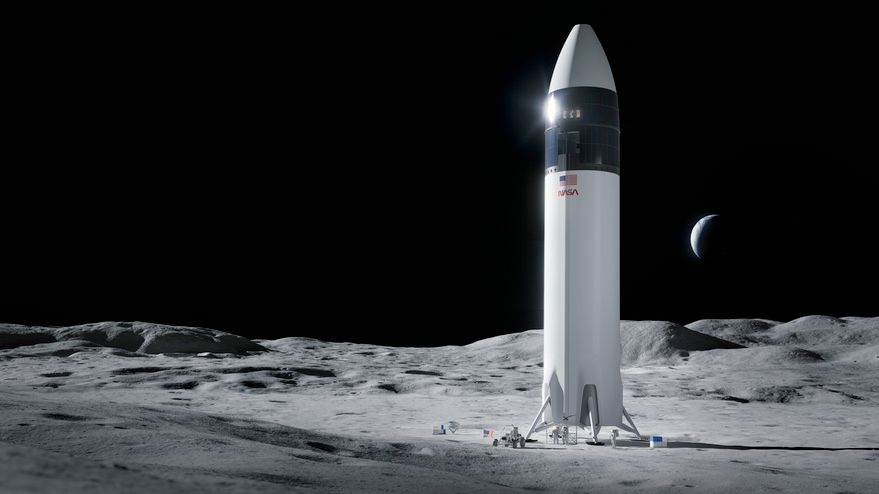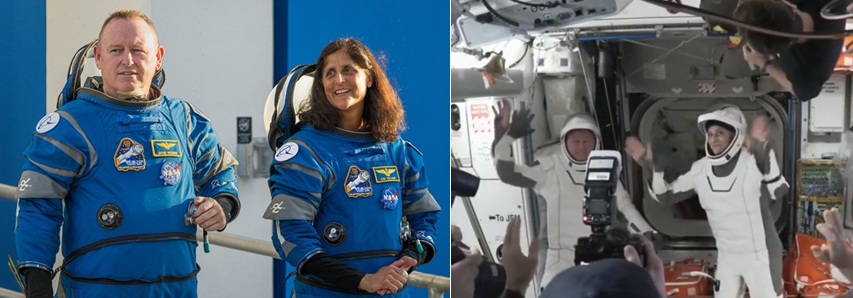A heavy lift rocket is needed to sustain the International Space Station (ISS) because when Shuttle retires key parts of the station are too large for any of the existing rockets available or those planned
In an exclusive interview Boeing vice president and ISS programme manager Joy Bryant stressed the need for a heavy lift capability and downmass – to bring back experiments – to ensure the station is full realised as a laboratory
Boeing has been NASA’s prime contractor for the US segment of the ISS since 1993. On 5 March this year the company officially “delivered” the outpost to NASA but Boeing will continue to service the station on a “sustaining” contract. In Bryant’s view to sustain the ISS a heavy lift launcher is needed
Ever since the 2004 decision to retire Shuttle in 2010 the ISS has faced a problem of having components, notably its Control Movement Gyroscopes, that are too large for any launcher other than NASA’s orbiters. The CMG and other large components, known as Orbital Replacement Units (ORU), could be redesigned to enable delivery by other vehicles as sub-assemblies that then require additional work to install fully assembled
Bryant sees problems with that based on past ISS operations experience. Of the four CMGs one has entirely failed and the other three have shown anomalous behaviour since. Maintenance work on those remaining CMGs has not been without its issues including problems introducing torque into the mechanism
Essentially the problem is the ORUs were designed to be replaced, not patched up and without Shuttle Boeing says redesigning such major ISS sub-systems is going to be a difficult and expensive path. Bryant’s solution? As soon as possible build the heavy lift vehicle NASA says its going to need for exploration anyway
However under president Barack Obama’s plans for the agency even a decision for heavy lift is being left to 2015 and the next five years will only focus on propulsion research. The next US presidential election is in 2012

